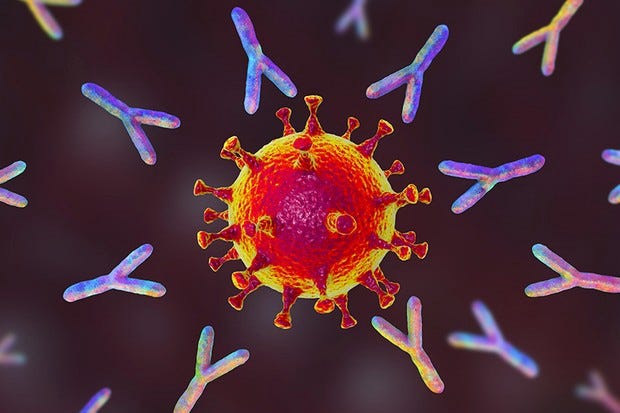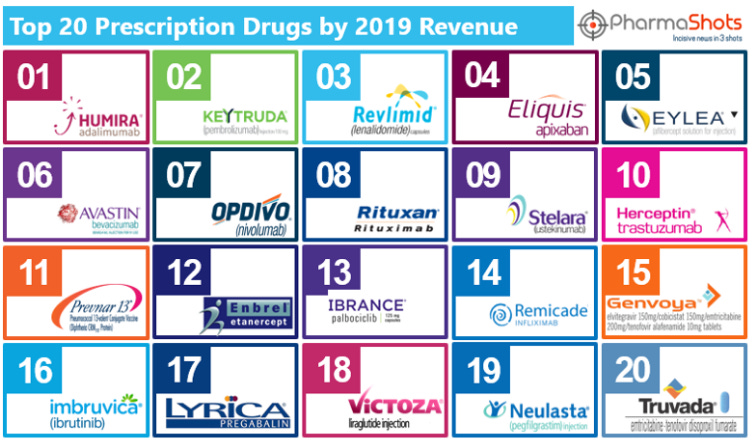BIOS: Nucleus of Life Science Innovation 🚀
JOBS
BIOS Talent: Find Jobs @ Breakout TechBio Startups — Search Jobs 🚀
Post Jobs: Add Your Startup to BIOS Talent — Post Now 🎉
Students: Join Alix Ventures Fellowship — Join Now 🧬
BIOS Contributor: Share Your Thought Leadership — Join Now🔬
CONTENT & COMMUNITY
BIOS Daily: Join 25K+ Subscribers Following TechBio — Sign Up 🔥
BIOS Insider: Premium TechBio Thought Leadership — Sign Up ✨
BIOS Commons: World’s Largest #TechBio Community — Join Now 🎉
INVEST
BIOS Angels: 1st TechBio Angel Investing Syndicate — Join Now 🌟
Alix Limited: Invest in Breakout TechBio Startups — Learn More 🧠
By:
Alix Ventures: Supporting Early Stage Life Science Startups Engineering Biology to Drive Radical Advances in Human Health
Overview
The first monoclonal Antibody (mAB) was a murine Antibody against CD3 approved by the FDA in 1986. This was a huge step forward for drug development given the extremely high specificity of mABs compared to small molecules, however, it wasn’t until the advent of humanized mABs in the early 2000s that momentum began to build. Since 2014, the FDA has approved at least 5 mABs per year and they currently make up 7 of the top 10 best selling drugs. This rapid growth is driven by advantages over small molecules, namely much greater target specificity, and the advancement of discovery technologies.
The predominant approaches to antibody discovery are still transgenic animals and display technologies (phage and yeast), though animal hybridomas and single B cell analysis are also in use. Transgenic animals are animals that have been genetically modified to produce fully human Antibodies. To identify potential therapeutic mABs, these animals are injected with an antigen of interest; the antibodies the animal produces against the antigen can then be isolated and identified. In display technologies, a library of antibody binding domains is inserted into a single cell organism (typically phage or yeast) using a virus. The resulting display library can then be exposed to antigens and effective binding domains isolated. These binding domains are then grafted into a human mAB backbone to produce the therapeutic asset. The resulting mABs create a therapeutic effect by triggering the target’s destruction by the immune system or by blocking the target’s function. Recent advances in next generation sequencing and single cell analysis have rapidly accelerated research and development, particularly around mAB optimization. These technologies allow researchers to more rapidly screen a larger library of variants, allowing them to identify variable binding sequences or antibody backbones with superior drug properties.





